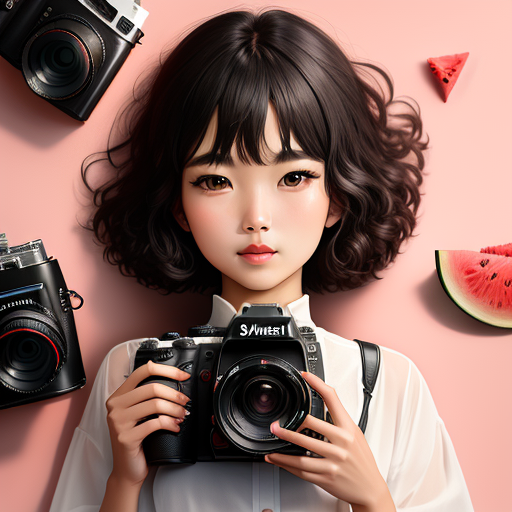
When it comes to photography, having a reliable and capable camera is crucial. Whether you’re an amateur looking to capture beautiful moments or a professional seeking to create stunning visuals, finding the perfect photography companion can make a world of difference. With a multitude of options available in the market, it can be overwhelming to choose the right camera that suits your needs and preferences. That’s why we have put together this comprehensive guide to assist you in making an informed decision.
Understanding Different Camera Types
Before diving into the specifics, let’s familiarize ourselves with the different camera types available. There are mainly three types: DSLR, Mirrorless, and Point-and-Shoot. Each of these has its own advantages and limitations, catering to different photography styles and skill levels.
1. DSLR Cameras
DSLR (Digital Single-Lens Reflex) cameras have long been the go-to choice for professional photographers. They offer exceptional image quality, flexibility, and versatility. These cameras feature interchangeable lenses, allowing you to adapt to various shooting conditions. The optical viewfinder provides a clear and real-time view of the scene, making it easier to compose your shots precisely.
2. Mirrorless Cameras
Mirrorless cameras, as the name suggests, lack the complex mirror system found in DSLRs. This design enables them to be smaller, lighter, and more portable than their DSLR counterparts. With advancements in technology, mirrorless cameras have caught up in terms of image quality and performance. They offer electronic viewfinders that simulate the final image, giving you an accurate preview of the exposure and other settings.
3. Point-and-Shoot Cameras
Point-and-shoot cameras, also known as compact cameras, are ideal for beginners and enthusiasts who prefer simplicity and convenience. These cameras are compact, lightweight, and easy to use, making them perfect for on-the-go photography. While they may not offer the same level of control and image quality as DSLRs or mirrorless cameras, they are a great choice for casual photography.
Factors to Consider
Now that you understand the different camera types, it’s essential to consider various factors to find the perfect photography companion. Here are some key aspects to evaluate:
1. Sensor Size and Megapixels
The sensor size determines the amount of light a camera can capture, ultimately affecting image quality and low-light performance. A larger sensor generally produces better results, particularly in low-light conditions. Megapixels, on the other hand, determine the resolution and level of detail in your images. While higher megapixels can be advantageous, they are often not the sole indicator of superior image quality.
2. Lens Options and Interchangeability
If you’re interested in exploring various photography genres, having a wide range of lens options is crucial. DSLRs and mirrorless cameras provide interchangeable lenses, allowing you to select the appropriate lens for different shooting situations. Consider the availability and versatility of lenses compatible with your camera before making a decision.
3. Image Stabilization
Image stabilization technology compensates for camera shake, reducing the likelihood of blurry photos. Some cameras offer in-body stabilization, while others rely on lens stabilization. Having a camera with image stabilization can greatly enhance your ability to capture sharp images, particularly in challenging conditions or when using telephoto lenses.
4. Autofocus System
The autofocus system determines how quickly and accurately a camera locks focus on your subjects. Look for cameras with advanced autofocus systems that offer a wide coverage area and swift focus acquisition. This is especially important if you plan to photograph fast-moving subjects or engage in sports photography.
5. Burst Mode and Speed
If you’re interested in capturing action or sports photography, consider a camera with a fast burst mode and continuous shooting speed. This allows you to capture a sequence of shots in rapid succession, increasing your chances of capturing the perfect moment.
6. Video Capabilities
For those who wish to venture into videography, consider the camera’s video capabilities. Look for features such as 4K resolution, frame rates, and microphone inputs. Additionally, consider the camera’s autofocus performance during video recording, as smooth and accurate focus transitions are essential.
Choosing Your Perfect Photography Companion
Now armed with a deep understanding of camera types and essential factors to consider, you can begin your search for the perfect photography companion. Remember, there is no one-size-fits-all camera. The right choice ultimately depends on your unique requirements, budget, and intended use.
Research various camera models, read reviews from reputable sources, and consider testing them in person before making a decision. Keep in mind that the camera is just a tool; your vision and creative skills are what truly bring your photographs to life.
By carefully assessing your needs and preferences and with the help of this guide, you’ll be well on your way to finding the ideal camera that unleashes your full photographic potential. Happy shooting!
